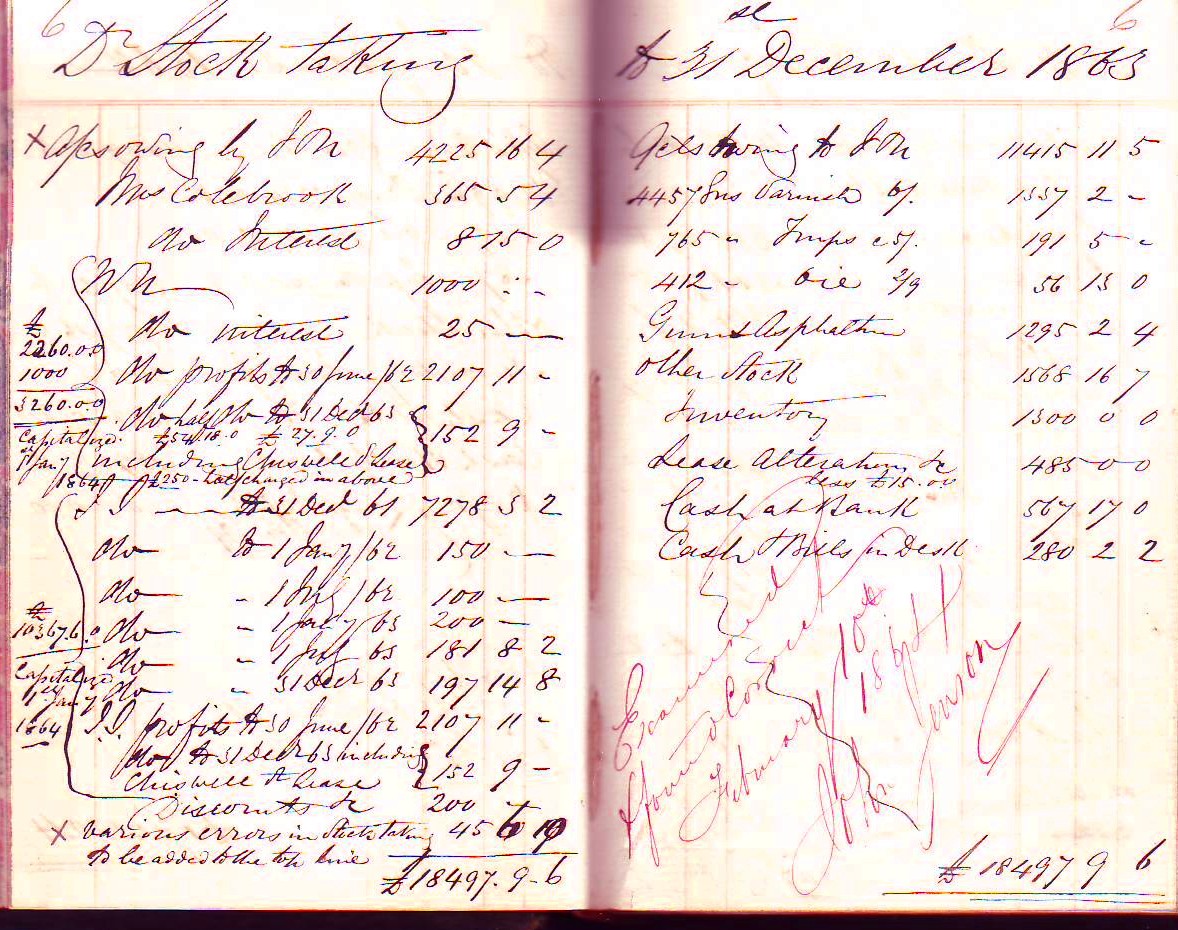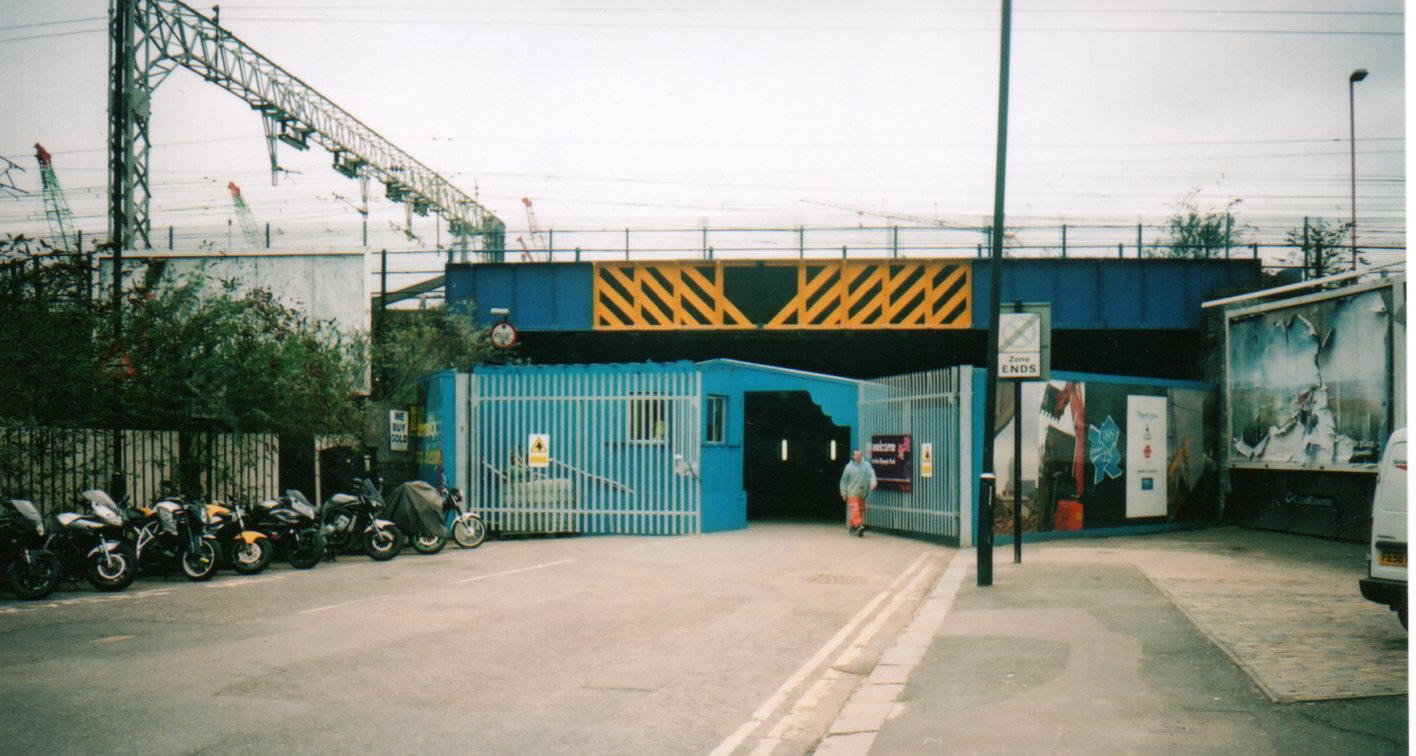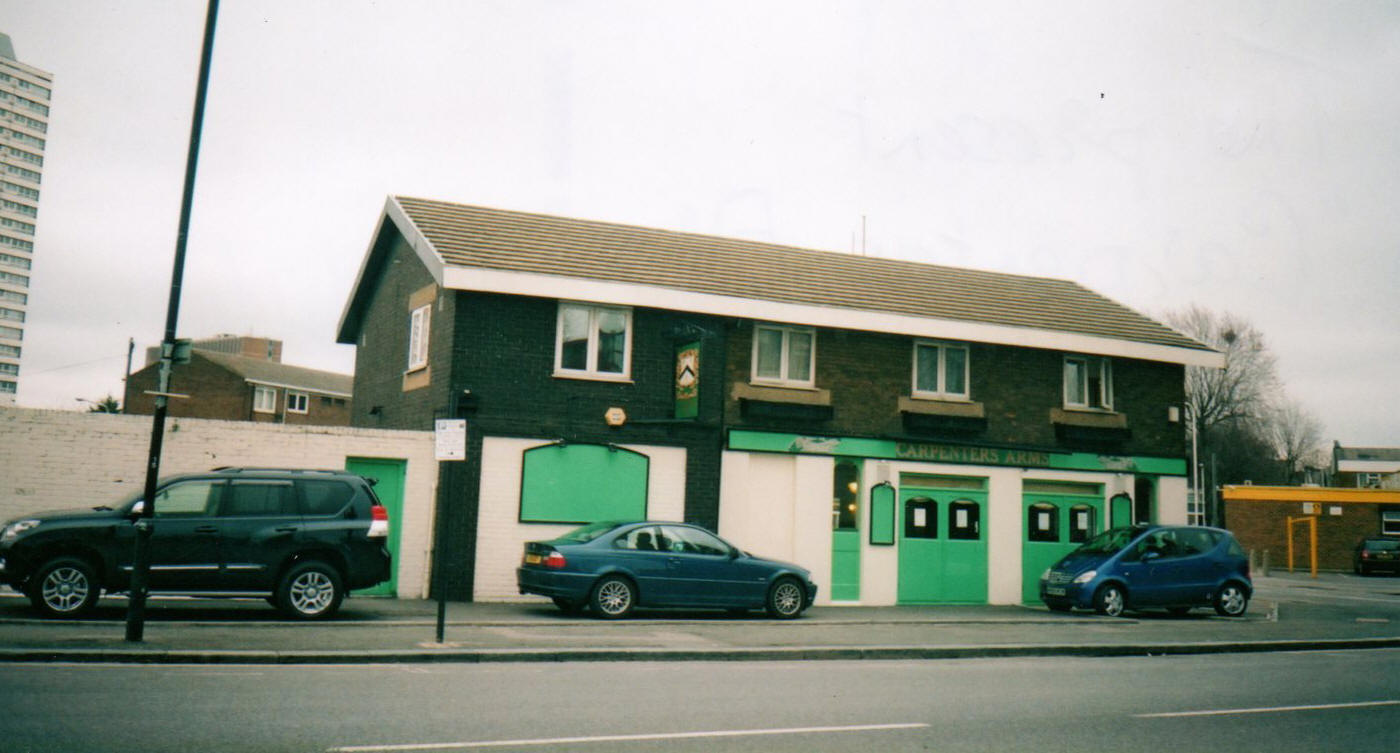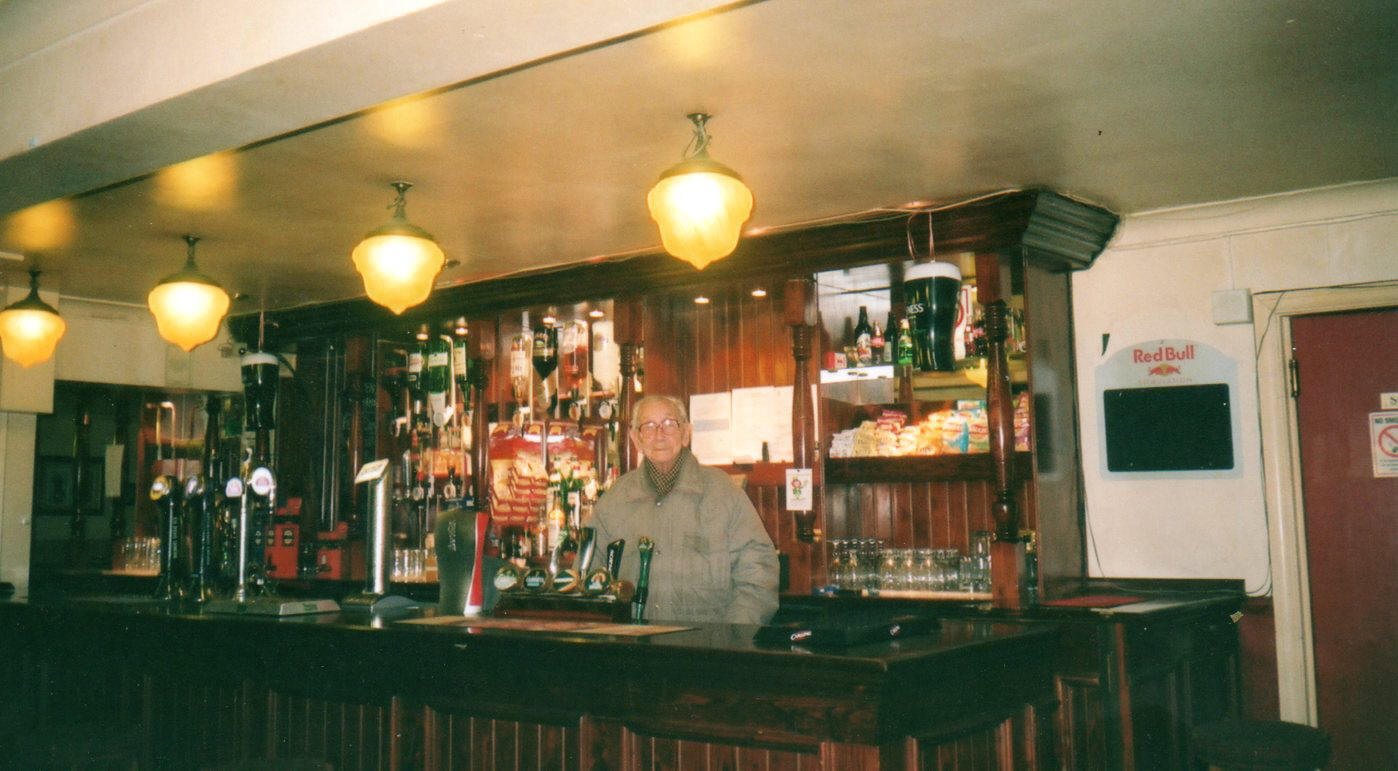|
The History and Origins of the Old Paint Company ~ Jenson & Nicholson |
|||||||||||
| Jenson & Nicholson | |||||||||||
| In 1821 a business was started by William Kingham, a craftsman specialising in carriage varnishing. The premises were at number 37, Barbican, in the city of London. Shortly after he started the company, he was joined by John Jenson. Quality varnishes and Japan Black were the first materials they produced on this site. William Kingham died in 1844 and Jenson continued to run the business. | |||||||||||
| Wilfred Nicholson started his commercial career with Grace Yallop & Co whose main business was in the manufacture of white lead from a factory in Bethnal Green. His first job with Grace Yallop was as a mercantile clerk and he rose to the rank of commercial traveller. It was through this aspect of his work he made contact with John Jenson. | |||||||||||
| Running the business single-handedly proved a tremendous strain on John Jenson. According the Wilfred Nicholson's grandson ~Harry Kimber who wrote Wilfred Nicholson biography, it was John Jenson's wife Harriet, who first mooted the idea of a partnership between John Jenson and Wilfred Nicholson. The partnership was a legal entity by 1861 | |||||||||||
 |
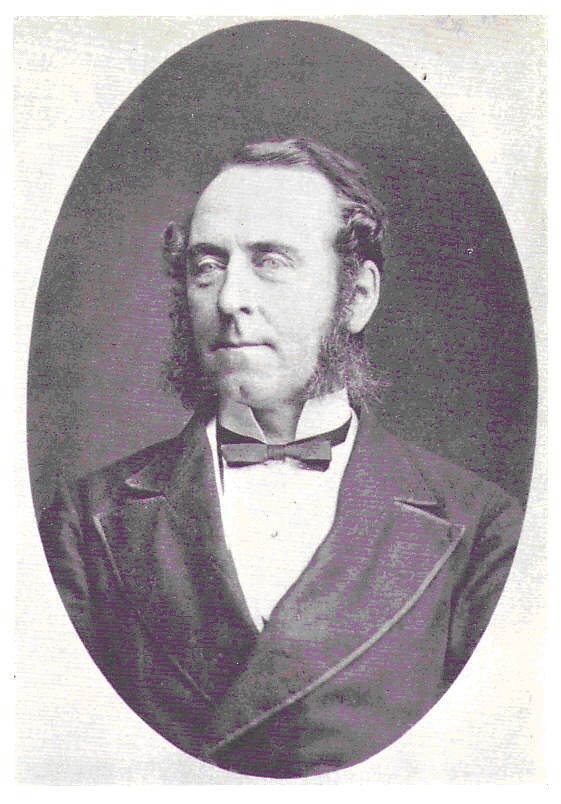 |
||||||||||
John Jenson ~ from a painting |
Wilfred Nicholson |
||||||||||
| In 1861 Wilfred Nicholson joined the business and the manufacturing site moved to Belle Isle, just north of of what is now Kings Cross station. The name Belle Isle is something of a misnomer. It was an awful area with a host of factories ranging from bone boiling/glue manufacturing, candle making, varnish manufacturing, match makers, pigment manufacture through to bronze smelting. The factories were cheek to jowl with domestic dwellings. | |||||||||||
| In November 2008 we received an e-mail from a Mr Taylor, whose mother had worked as a secretray for Bernard Nicholson. It was a small ledger dated 1861 thro’ to 1868 and covered expanses and stock-taking summaries. It was signed by John Jenson ~ see below: | |||||||||||
|
|
|||||||||||
|
In 1871, fire swept the premises and the company restarted the production in Goswell Road. By 1874 the business had moved to what was then a meadow in Stratford. The name 'Goswell Works' was for many years over one of the entrances to the site ~and we assume this was a reference to the earlier site in London |
|||||||||||
|
|
|||||||||||
|
In 1874, Jenson retired, but the name Jenson and Nicholson was retained ~ usually referred to simply as "J & N's". The company was beginning to develop a strong industrial base. In 1922 the company expand through, what was the Commonwealth. Like many paint companies during the second world war, the business moved into different areas producing everything from lacquers for barrage balloon fabrics to special varnish treated silk bags and used in hospitals to treat burns. In 1946 the artist Terence Cuneo was commissioned to produce paintings and sketches of the factory at Stratford. |
|||||||||||
|
|
|||||||||||
|
Cuneo painting entitled: 'a section of the Enamel Making Department' |
|||||||||||
|
|
|||||||||||
|
a section of a Cuneo painting entitled: 'stock room and conveyor system' |
|||||||||||
|
The company continued to expand after the second world war with overseas companies and the merger with John Hall & Sons of Bristol and in 1958 became the owners of Cuprinol wood preservative company in Frome. The company merged with Lewis Berger and Sons in 1960 to become Berger Jenson & Nicholson or B.J.N. as it became known. |
|||||||||||
| Although the name Jenson & Nicholson has gone with various mergers and acquisitions, there still exists in India a company that was originally part of the group. It is now a totally independent company and one of the largest producers of paint to the Indian subcontinent. | |||||||||||
| The J & N site and the 2012 Olympics | |||||||||||
|
The site of the old J & N factory is now part of the area of the 2012 Olympic Development. Site 25(Phase 1) New Aquatics Centre, Carpenters Road & Warton Road E13 TQ37848447/3831 8413 . Archaeological excavations following the clearing of the site and prior to the building of the Olympic venues continues to throw up a wealth of pre-history ~ from Neolithic to late Iron Age and into the Roman occupation [Caesar not Abromovitch]. The Warton Road site has been surveyed in detail and shown varied finds ~ postholes from Neolithic huts, ring ditches, sherds and flints and at least twelve inhumations / cremation burials [ ~ one still clutching his QCC invitation ~ only joking ]. A samian bowl, a glass vessel and a flagon was found in the Warton Road site. Butchered bone and worked wood of Neolithic date as found on peaty land surface above the sand. Worked wood dating to the Bronze age was found at what would have been the margin the later river. On the Warton Road site con- siderable evidence for phistoric occupation was revealed. This ranged from redeposit Mesolithic flints, evident of Bronze age field ditches and evidence of habitation including a Bronze Age hut which was represented by a surrounding eaves-drip a number of post holes and several sherds of pottery associated with it. [ the above is a précis of Museum of London evaluation taken from the London Archaeologist magazine Vol..11 supplement 2007 ] |
|||||||||||
| There is some talk that the archaeology for the whole of the 2012 Olympic Development will be put on exhibition ~ but no date or timescale has been agreed. | |||||||||||
| We are indebted to John Duprey who, at age of 95, recently took a stroll down Carpenters Road (well as far as you can) and sent us the following thee photos. | |||||||||||
|
|
|||||||||||
|
The railway bridge across Carpenters Road, now blocked off(July2010) |
|||||||||||
| The road is now blocked off but may will recall the number of times buses and lorries got stick under the bridge bringing traffic chaos to the area | |||||||||||
|
|
|||||||||||
|
The (current) Carpenter's Arms |
|||||||||||
|
|
|||||||||||
| 'Behind the Bar' | |||||||||||
| John went into 'the Carpenters' which he says was totally deserted. The landlady took the photo of John behind the bar ( and gave him a drink and made him a sandwich. | |||||||||||
|
Additional information to the history of British Paints is most welcome. |
|||||||||||
